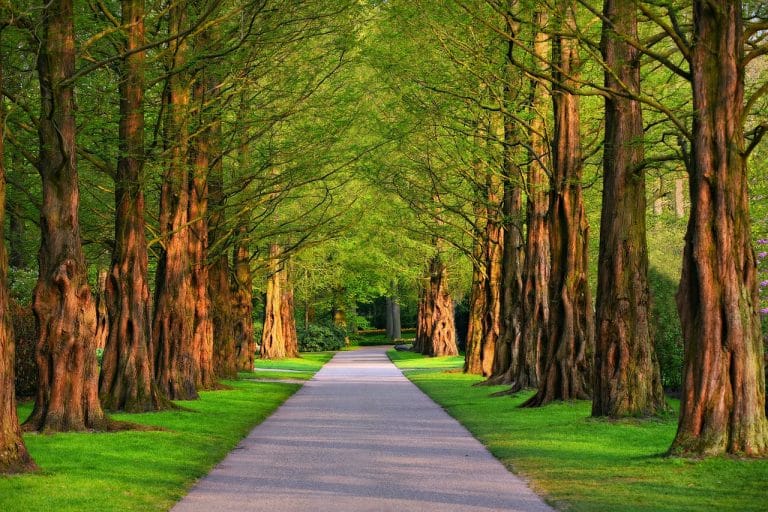From the Larzac plateau to the Causse Méjean, the Grands Causses Regional Nature Park brings together four major causses: the Méjean, the Noir, the Larzac and the Sauveterre. These high limestone plateaus offer vast expanses cut by deep gorges with steep and wooded slopes.
The strong contrasts of altitude and exposure allow the development of more than 2,000 plant species which, especially in spring, delight botanists.
The many birds of prey such as the griffon and monk vultures, the golden eagle and the peregrine falcon are easily observed all year round, the causses and gorges are their kingdom !
Limestone is the denominator of all these environments and the mineral architecture magnifies it, whether in the small constructions necessary for the agro-pastoralism of yesteryear (cazelle, jasse), in the imposing Templar and hospital cities, five in number on the territory of the park (La Couvertoirade, La Cavalerie, Sainte-Eulalie-de-Cernon, Le Viala-du-Pas-de-Jaux, St Jean d’Alcas) or through geological curiosities : dolomitic chaos, chasms and sinkholes to spark the visitor’s imagination.
The rougiers © PNRGC
Agro-pastoralism has always been present on these plateaus and still plays an important role in the economy for the department of Aveyron. Many producers supply the milk for making Roquefort, a cheese matured in the famous Combalou cave in Roquefort-sur-Soulzon.
In order to ensure quality tourism, the Parc des Grands Causses is part of the European Charter for Sustainable Tourism and issues the brand “Values of the Grands Causses Regional Natural Park” (national brand property of the Ministry in charge of the Environment ). The beneficiaries : service providers, producers and craftsmen thus undertake to respect the values common to the Regional Natural Parks of France.
To find out more about the park : www.parc-grands-causses.fr

